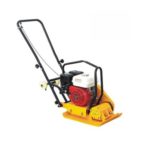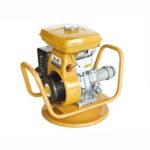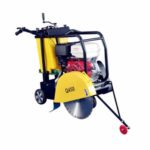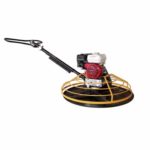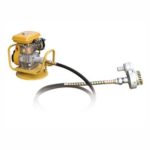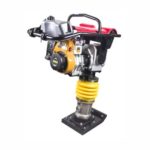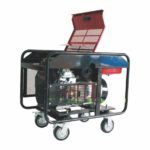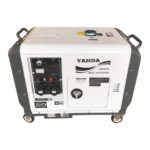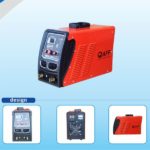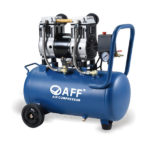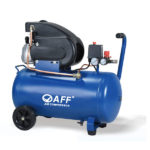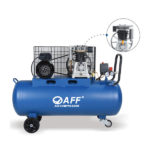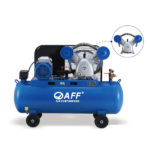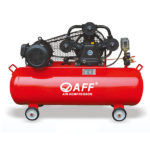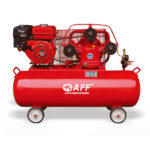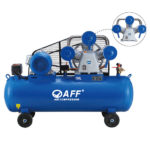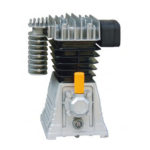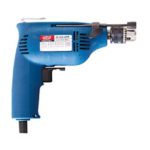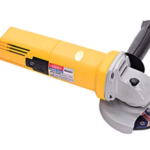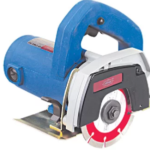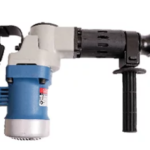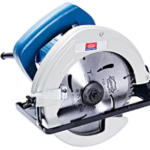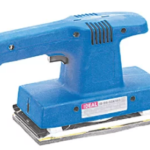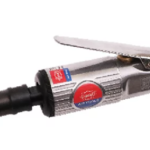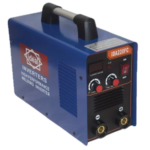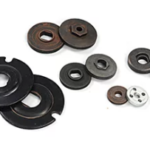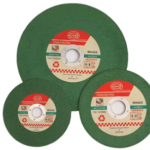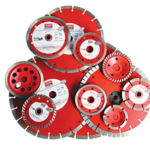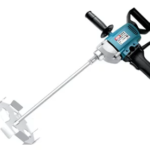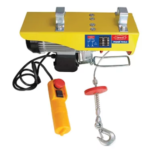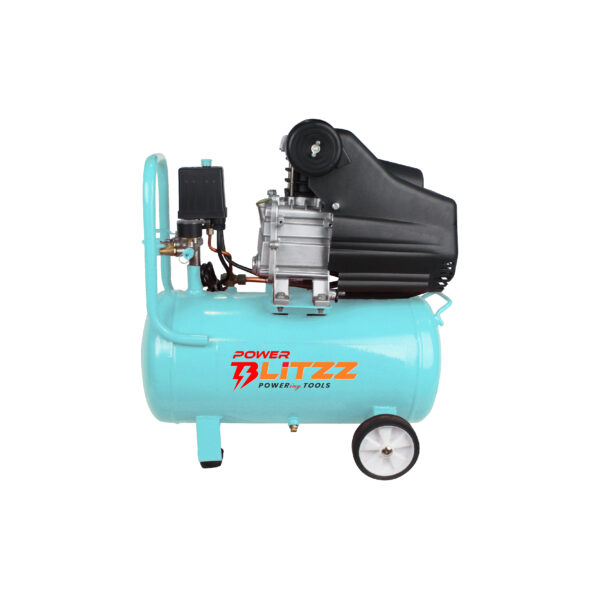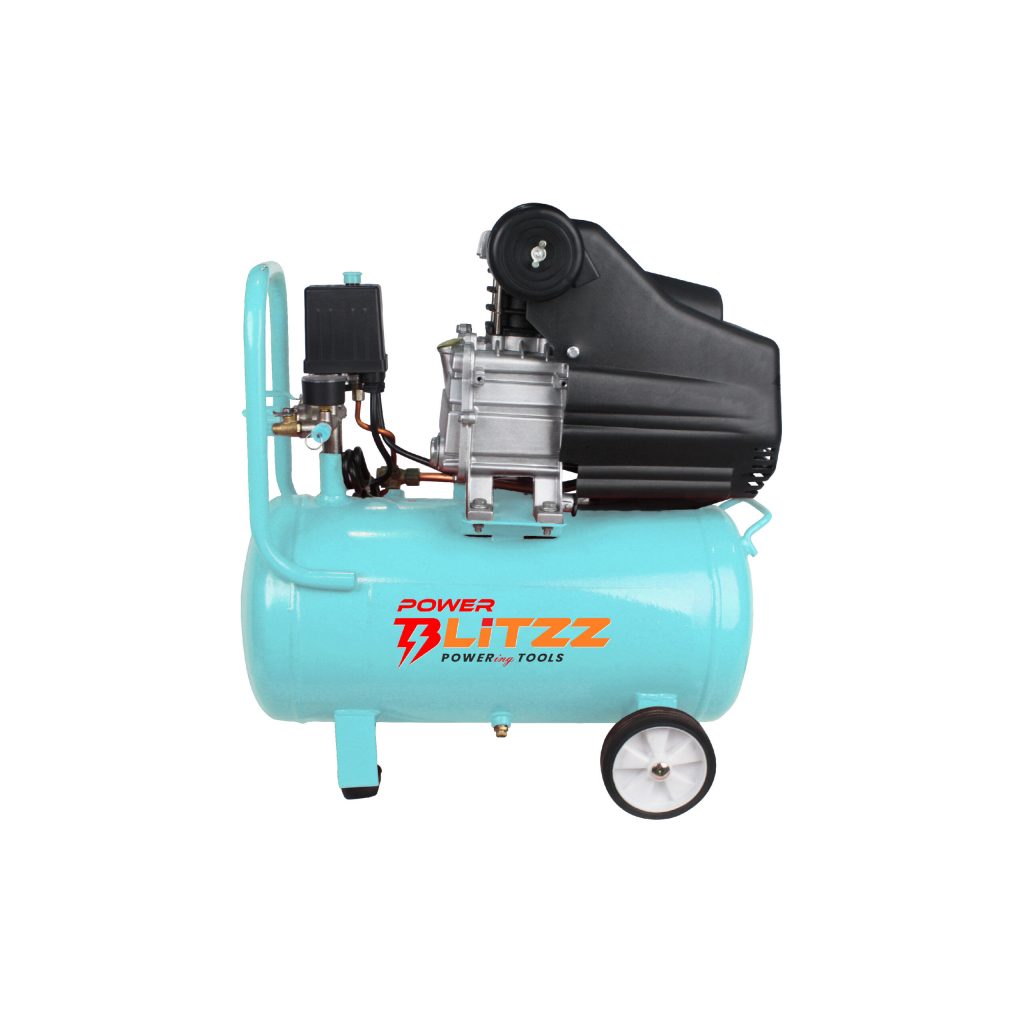Common Air Compressor Problems and How to Fix Them
Air compressors play a vital role in the UAE’s industrial and commercial sectors, from construction sites in Dubai to manufacturing facilities in Abu Dhabi. The harsh desert climate poses unique challenges for air compressor maintenance, with heat and sand creating specific operating difficulties.
Insufficient Pressure Output
One of the most common complaints about air compressors involves inadequate pressure output. Several factors contribute to this issue in UAE facilities. Clogged air filters frequently cause pressure drops as desert dust and particulates accumulate more rapidly than in other environments. Examining and replacing filters monthly rather than quarterly helps maintain optimal performance.
Leaking air lines also contribute to pressure problems. The extreme temperature fluctuations between day and night in the UAE can accelerate wear on connections and hoses. Inspecting the entire system with soapy water helps identify leaks; bubbles will form at leak points when the system is pressurized. Once identified, replacing damaged hoses or tightening connections usually resolves the issue.
Worn piston rings or valves inside the air compressor pump can also reduce pressure output. You might notice oil consumption increasing alongside pressure decreases. Professional servicing becomes necessary when internal components require replacement, with many UAE-based service providers offering emergency repair services.
Excessive Noise and Vibration
Air compressors naturally make noise, but sudden increases in operational volume often indicate developing problems. Loose components commonly cause excess noise and vibration, particularly in fixed installations. Mounting bolts can loosen over time, especially in industrial settings experiencing significant daily temperature variations, typical across the UAE.
Checking and tightening mounting hardware resolves many noise issues. If the air compressor sits on a concrete floor, installing rubber isolation pads can reduce both noise and vibration transmission. For workshop owners in the UAE’s numerous industrial zones, this simple modification can significantly improve workplace comfort.
Internal mechanical issues also create distinctive noises. Knocking sounds typically indicate problems with connecting rods or bearings, requiring immediate professional attention. UAE’s authorized service centers for major air compressor brands maintain extensive parts inventories for quick repairs.
Frequent Cycling and Overheating
Air compressors cycling on and off rapidly (short-cycling) waste energy and indicate system problems. In the UAE’s hot climate, overheating compounds this issue. Pressure switch malfunctions often cause improper cycling, with switches needing recalibration or replacement. Some UAE users install secondary pressure switches as backups for critical applications.
Tank drain valves left partially open inadvertently create similar symptoms. The air compressor works continuously to maintain pressure in a leaking system. Checking valve positions should become part of daily startup procedures.
Inadequate ventilation contributes significantly to overheating in UAE installations. Air compressors require proper airflow, particularly challenging in enclosed spaces during the summer months. Installing additional cooling fans or relocating equipment to better-ventilated areas prevents heat-related failures. Many industrial facilities in the UAE now incorporate dedicated cooling systems for air compressor rooms.
Excessive Moisture in Compressed Air
Moisture problems affect many air compressor systems in the UAE, where humidity levels fluctuate dramatically between coastal and inland areas. Water in compressed air damages tools and contaminates processes requiring clean air. Automatic drain valves sometimes fail, allowing water to accumulate. Replacing faulty drains or manually draining tanks daily helps manage moisture.
Installing or upgrading air dryer systems provides a comprehensive solution. Refrigerated dryers work effectively in the UAE’s climate, removing moisture before air enters the distribution system. For sensitive applications, desiccant dryers offer even better moisture removal, though requiring more maintenance.

















